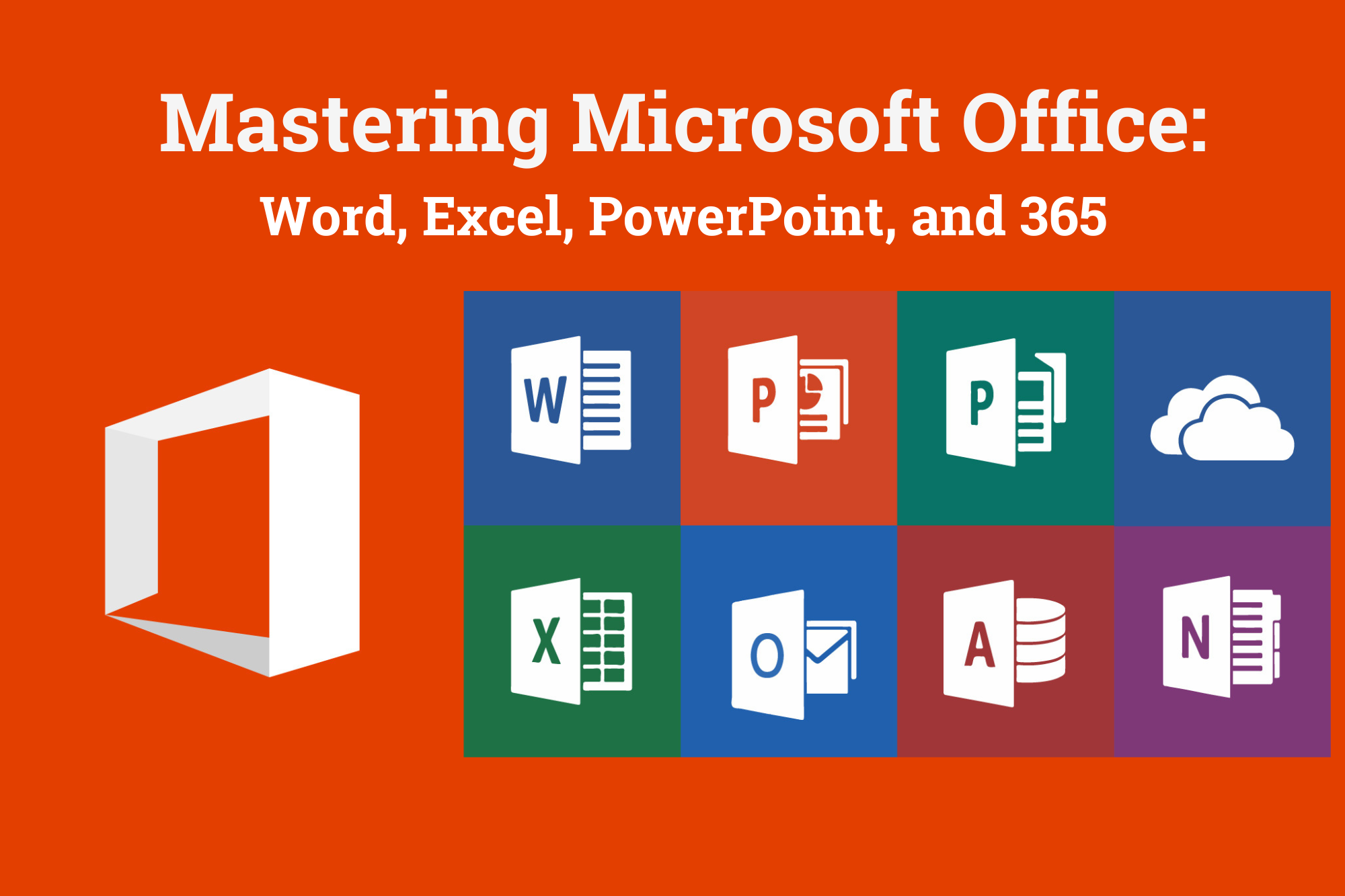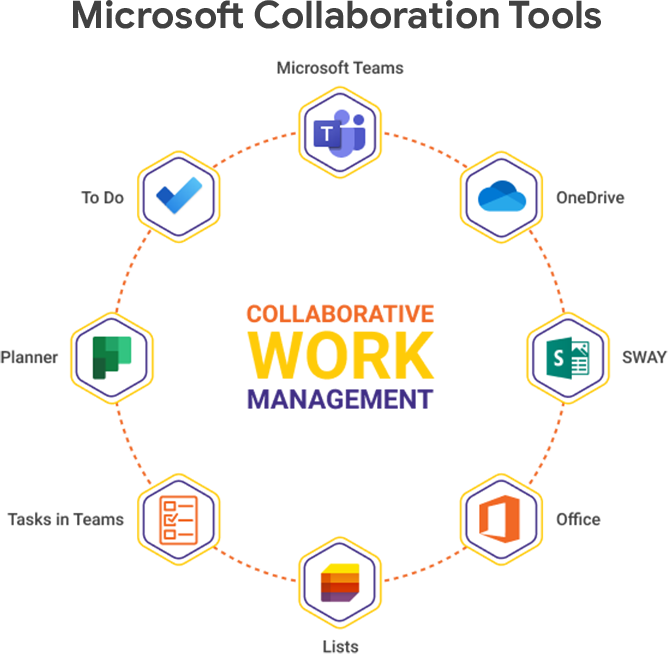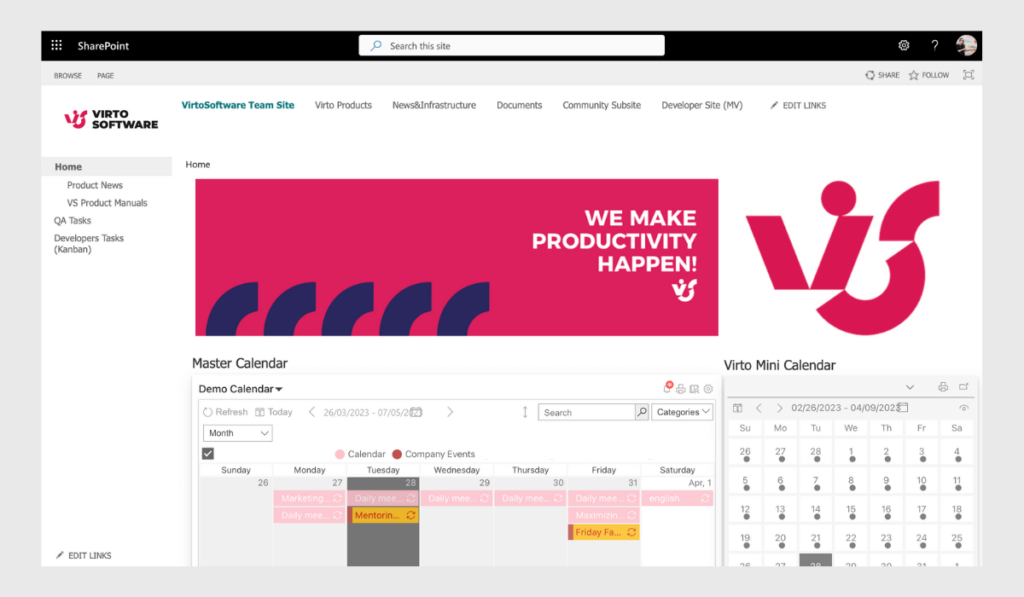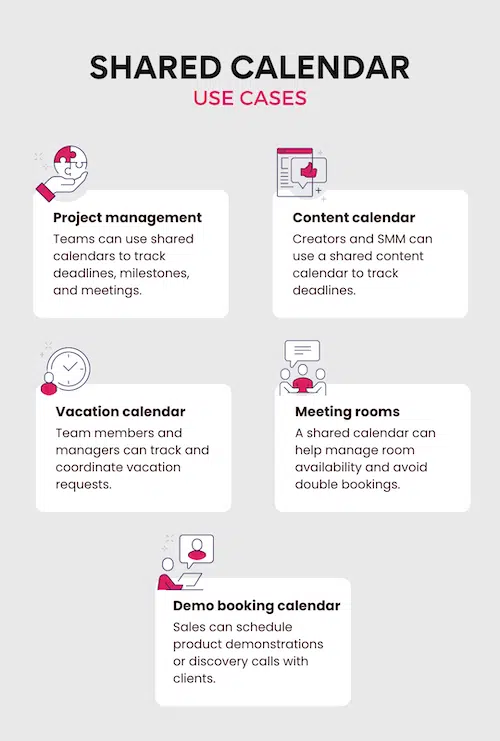Mastering Shared Calendars In Microsoft Workplace 365: Collaboration And Effectivity Redefined
Mastering Shared Calendars in Microsoft Workplace 365: Collaboration and Effectivity Redefined
Associated Articles: Mastering Shared Calendars in Microsoft Workplace 365: Collaboration and Effectivity Redefined
Introduction
On this auspicious event, we’re delighted to delve into the intriguing matter associated to Mastering Shared Calendars in Microsoft Workplace 365: Collaboration and Effectivity Redefined. Let’s weave attention-grabbing info and provide recent views to the readers.
Desk of Content material
Mastering Shared Calendars in Microsoft Workplace 365: Collaboration and Effectivity Redefined

Microsoft Workplace 365’s shared calendar performance is a cornerstone of efficient teamwork and streamlined scheduling. Shifting past particular person calendars, shared calendars empower groups, departments, and even complete organizations to coordinate schedules, handle sources, and enhance total productiveness. This complete information delves into the intricacies of shared calendars inside Workplace 365, protecting every thing from creation and permissions to superior options and troubleshooting frequent points.
Understanding the Energy of Shared Calendars:
In at present’s collaborative work surroundings, relying solely on particular person calendars is usually inadequate. Shared calendars present a centralized view of a number of people’ schedules, eliminating the necessity for fixed e-mail exchanges or telephone calls to verify availability. This centralized method considerably reduces scheduling conflicts, improves communication, and fosters a extra environment friendly workflow. The advantages prolong past easy scheduling; shared calendars can be utilized to:
- Handle shared sources: Monitor the supply of assembly rooms, gear, or autos.
- Coordinate venture timelines: Visualize venture milestones and deadlines throughout workforce members.
- Enhance workforce communication: Present a transparent overview of workforce commitments and absences.
- Streamline appointment scheduling: Enable workforce members to simply guide appointments with shared sources or people.
- Improve visibility and transparency: Supply a transparent image of everybody’s workload and commitments.
Creating and Managing Shared Calendars:
Making a shared calendar in Workplace 365 is simple. The method usually includes these steps:
-
Entry Outlook on the Internet: Log into your Workplace 365 account and entry Outlook on the internet (outlook.office365.com).
-
Navigate to Calendar: Click on on the "Calendar" icon within the navigation pane.
-
Create a New Calendar: Most customers will create a brand new calendar inside their very own mailbox. Click on on the gear icon (settings) and choose "View all Outlook settings." Navigate to "Calendar" after which "Shared calendars." Click on on "+ Add calendar" and select "Create a brand new calendar."
-
Title and Configure: Give your calendar a descriptive title (e.g., "Workforce Conferences," "Venture X," "Convention Room"). You can even select a colour to tell apart it out of your private calendar.
-
Share the Calendar: As soon as created, you’ll want to share it with the suitable people or teams. Click on on the three dots subsequent to the calendar title and choose "Share." Enter the e-mail addresses of the individuals you wish to share it with and specify their permission stage (extra on this beneath).
Understanding Permission Ranges:
The effectiveness of a shared calendar hinges on accurately assigning permission ranges. Workplace 365 affords a number of choices:
-
Reviewer: This permission permits customers to view the calendar however not make any modifications. Superb for protecting stakeholders knowledgeable with out granting enhancing rights.
-
Editor: This permission permits customers to view and modify appointments, together with creating, deleting, and enhancing occasions. Appropriate for workforce members who have to actively handle the calendar.
-
Proprietor: This permission grants full management over the calendar, together with sharing permissions, deleting the calendar, and managing all features of its performance. Sometimes assigned to the calendar’s administrator.
Selecting the suitable permission stage is essential. Overly permissive settings can result in scheduling conflicts or unintended modifications, whereas overly restrictive settings can hinder collaboration.
Superior Options and Integrations:
Workplace 365 shared calendars provide a number of superior options that improve their performance:
-
Calendar Teams: Mix a number of calendars right into a single view for simpler administration. That is particularly useful for managing quite a few shared calendars concurrently.
-
Useful resource Calendars: Particularly designed for managing shared sources like assembly rooms or gear. These calendars robotically replicate the supply of the useful resource.
-
Delegation: Assign particular people the power to handle your calendar in your behalf. That is notably helpful for administrative assistants or government assistants.
-
Exterior Sharing: Share your calendar with people exterior your group. This requires cautious consideration of safety and knowledge privateness.
-
Integration with different functions: Shared calendars combine seamlessly with different Workplace 365 functions, akin to Microsoft Groups and Planner, offering a holistic view of initiatives and duties.
Troubleshooting Frequent Points:
Whereas usually dependable, shared calendars can sometimes current challenges:
-
Permission points: Double-check permission ranges to make sure customers have the required entry. If a person can’t see the calendar, confirm their permissions.
-
Synchronization issues: If calendars aren’t syncing accurately, verify your web connection and be certain that Outlook is correctly configured.
-
Calendar conflicts: Implement clear pointers and communication protocols to reduce scheduling conflicts. Think about using reserving programs or scheduling instruments built-in with the shared calendar.
-
Overly complicated calendars: Keep away from creating overly complicated calendars with quite a few entries and overlapping occasions. Use filters and views to handle massive quantities of information successfully.
-
Lack of communication: Set up clear communication channels to maintain everybody knowledgeable about modifications and updates to the shared calendar.
Greatest Practices for Efficient Shared Calendar Administration:
-
Clear Naming Conventions: Use descriptive and constant names for calendars and occasions.
-
Common Upkeep: Usually assessment and clear up previous or irrelevant occasions.
-
Set up Clear Tips: Outline clear guidelines and protocols for calendar utilization and occasion administration.
-
Coaching and Help: Present enough coaching to customers on the way to successfully use and handle shared calendars.
-
Common Critiques: Periodically assessment the effectiveness of your shared calendar system and make changes as wanted.
Conclusion:
Shared calendars in Workplace 365 are indispensable instruments for enhancing collaboration, boosting productiveness, and streamlining scheduling. By understanding the nuances of creation, permissions, superior options, and troubleshooting methods, organizations can unlock the total potential of shared calendars and create a extra environment friendly and coordinated work surroundings. The important thing lies in considerate planning, clear communication, and the constant software of finest practices to make sure that shared calendars change into a strong asset reasonably than a supply of frustration. By leveraging the ability of shared calendars, groups can rework their method to scheduling, useful resource administration, and total teamwork, paving the way in which for larger success.








Closure
Thus, we hope this text has supplied worthwhile insights into Mastering Shared Calendars in Microsoft Workplace 365: Collaboration and Effectivity Redefined. We respect your consideration to our article. See you in our subsequent article!
Leave a Reply